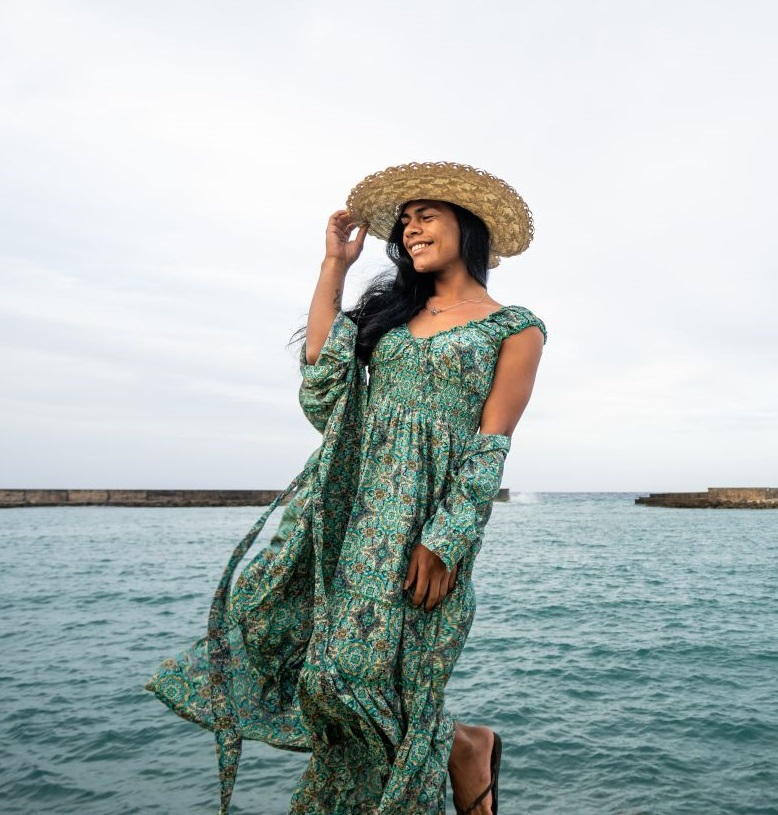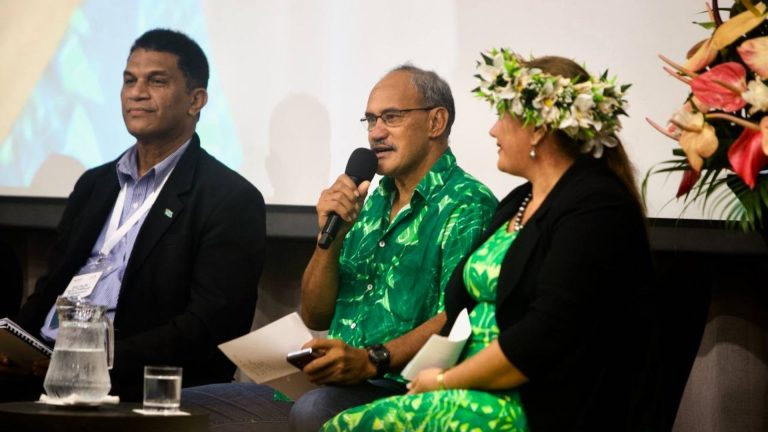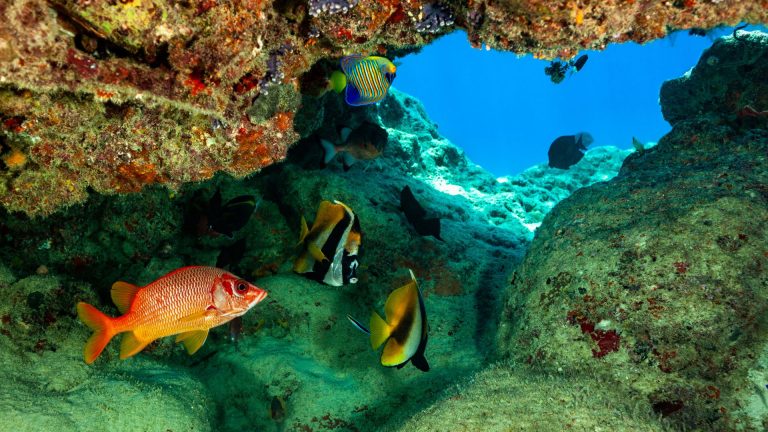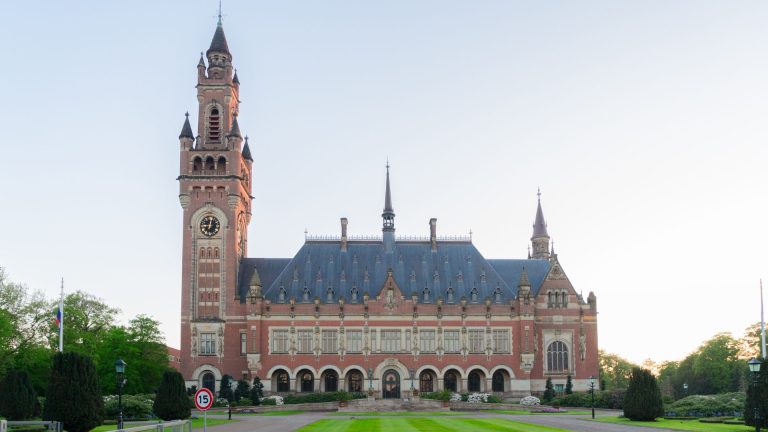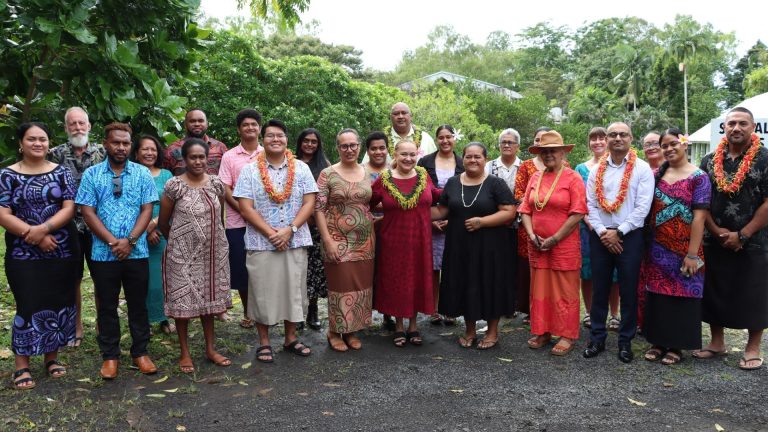Photo coutesy: Matthew Reichel. Retrieved from newlinesmag.com
Excerpt from newlinesmag.com
On the small French Polynesian island of Rurutu, Nafille Takamoana spends her days as a server in the kitchen of a local eatery called Snack Piaareare. The modest establishment, with its metal sheet roof and simple wooden furniture, is adorned with a vibrant mural of humpback whales. The shack is a popular lunch spot for divers who visit the remote island between August and October, when humpback whales migrate from Antarctica to warmer waters to give birth and nurse their young.
The 27-year-old’s long hair is often tied back in a tight bun, and her everyday attire is simple: colorful T-shirts, jeans, patterned wrap-around skirts called “pareos,” which emphasize her tall, willowy figure. Her gentle demeanor, merging feminine grace with understated masculine features, hints at a deeper, more complex narrative. Beneath her composed exterior lies the truth that she used to be male.
Takamoana is “raerae,” a third-gender identity that embraces male and female characteristics. Although her sex assigned at birth was male, she has always identified as a woman and lived as such. She shares this identity with her cousins, 26-year-old Teiarau Pito and 17-year-old Teihere Toomaru. The three were assigned male at birth, and since childhood they had all desired to become female.
As cousins from a large, close-knit family, they experienced a childhood marked by similar experiences and a worldview shaped by their shared upbringing on the small, relatively isolated French Polynesian island over 300 miles south of Tahiti, with a population of about 2,200.

